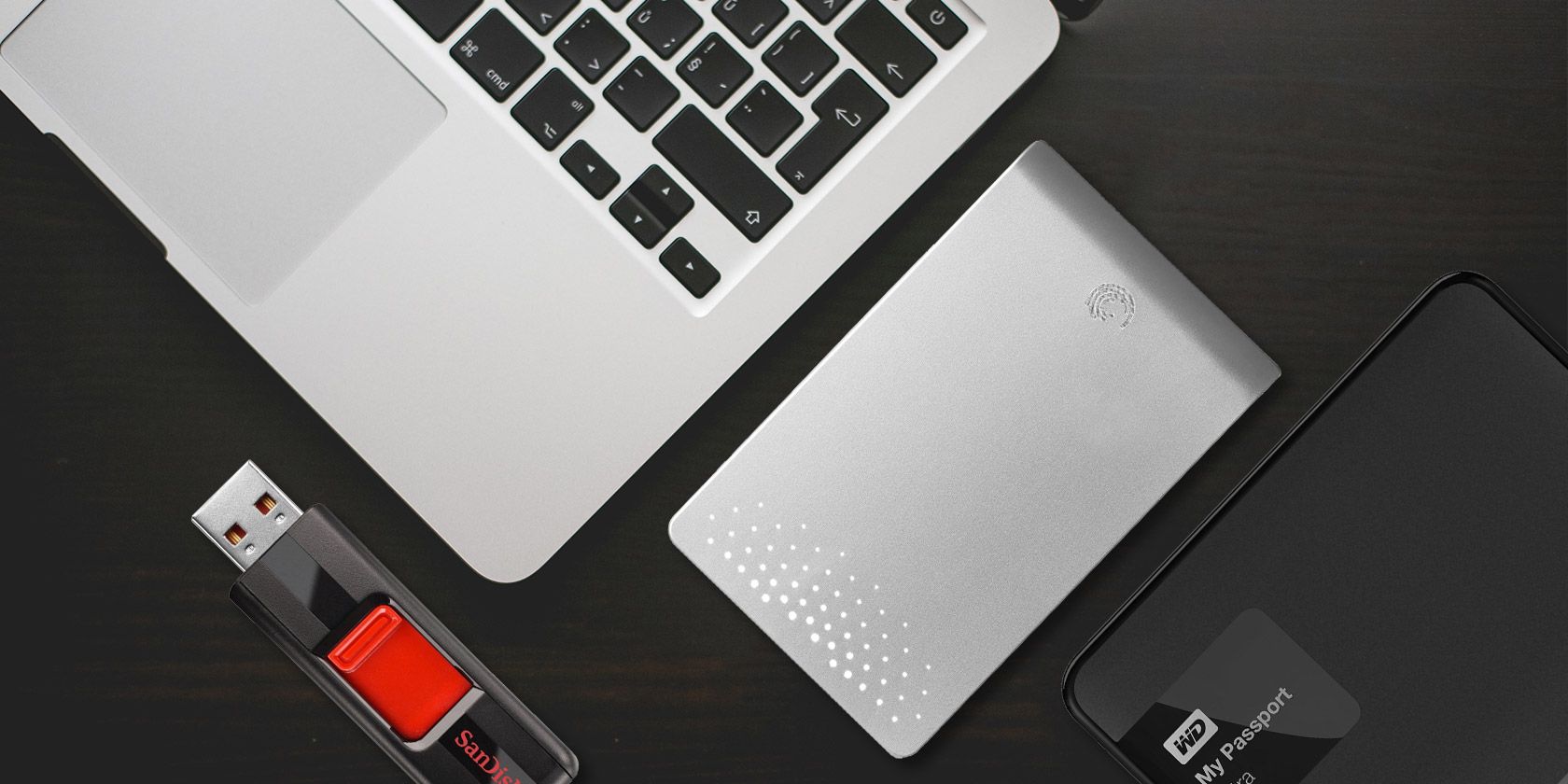

- #What filesystem for flash drive to install linux on mac mac os#
- #What filesystem for flash drive to install linux on mac full#
- #What filesystem for flash drive to install linux on mac Pc#
#What filesystem for flash drive to install linux on mac Pc#
Go ahead and plug your USB disk to a PC which is running Windows so that it can be recognized by system. This is the easiest way format USB flash drive to FAT32, exFAT or NTFS. If you have a single drive in the computer and you just connected a USB drive to it, there’s a good chance the exFAT file system will be /dev/sdb1 instead. Method 1: Format USB flash drive in Windows Explorer. This is the first partition (1) on the third device (c). In the example below, the device is located at /dev/sdc1. Next, run the following command to mount the device. The below command creates a directory at /media/exfat: To do this, first create a directory that will be the “mount point” for the exFAT file system. diskutil list /dev/disk0 : TYPE NAME SIZE IDENTIFIER 0: GUIDpartitionscheme 500.3 GB disk0 1: EFI EFI 209.7 MB disk0s1 2: AppleCoreStorage 400.0 GB disk0s2 3: AppleBoot Recovery HD 650.0 MB disk0s3 4: AppleCoreStorage 98.8 GB disk0s4 5: AppleBoot Recovery HD 650.0 MB disk0s5 /dev/disk1 : TYPE NAME SIZE IDENTIFIER 0: AppleHFS YosemiteHD 399.6 GB disk1 Logical Volume on disk0s1. This can be done just like you’d mount any other partition, using the “-t exfat” switch to tell the mount command to mount a file system as exFAT. But, if you’re using a Linux distribution or desktop environment that doesn’t automatically mount file systems for you - or if you’re just using the terminal - you may need to mount the file system in the old-fashioned way. This should “just work” with modern desktop environments, so the below commands shouldn’t be necessary.
#What filesystem for flash drive to install linux on mac full#
You can use exFAT drives on Linux with full read-write support, but you’ll need. It’s like FAT32, but without the 4 GB file size limit. You can use them normally without ever pulling up a terminal again, and you’ll have full read-write support. The exFAT file system is ideal for flash drives and SD cards. I had no end of problems with the in-kernel (not the Paragon) Linux HFS+ drivers, most notably the lack of journal support and very bad corruption when deleting large numbers of files.
#What filesystem for flash drive to install linux on mac mac os#
Modern Linux desktop environments are smart enough to automatically mount file systems when you connect removable devices, and - once you’ve installed the required software for mounting exFAT drives - they’ll work automatically. I’m dualbooting Mac OS and Linux, and am using the Linux HFS+ and NTFS drivers and the Mac Ext2/3/4 and NTFS drivers for full drive compatibility.


 0 kommentar(er)
0 kommentar(er)
